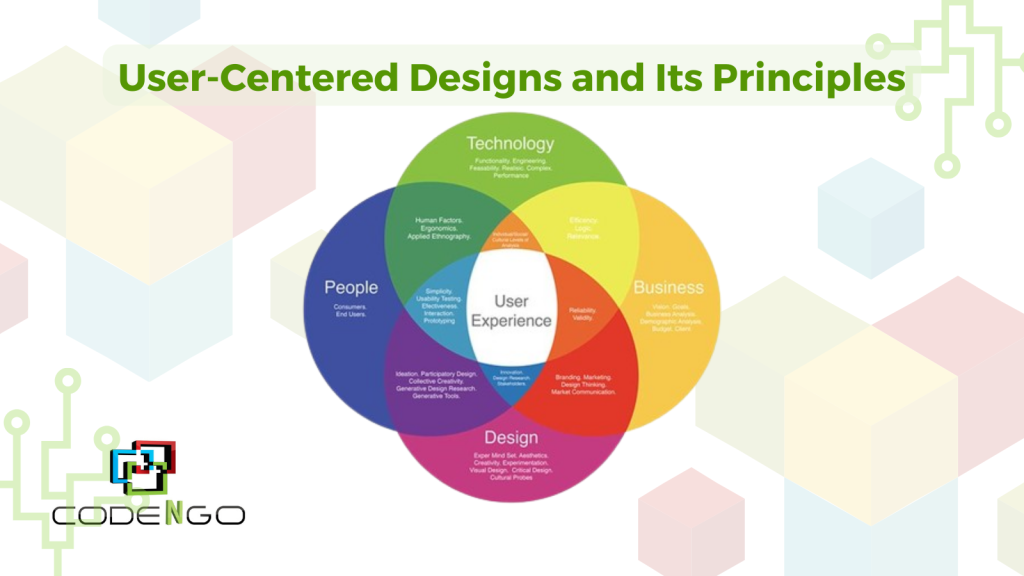User-Centered Design (UCD) is a design philosophy and process that prioritizes the needs, preferences, and limitations of the end-users at every stage of the design and development process. By focusing on users from the outset, UCD aims to create products that are not only functional but also intuitive, efficient, and satisfying to use. This approach has become increasingly important in a world where user experience is a key differentiator in the success of digital products. This article explores the core principles of User-Centered Design and how they can be applied to create exceptional user experiences.
Understanding User-Centered Design
User-Centered Design is a holistic design approach that involves users throughout the development process. Unlike traditional design methods, which often rely on assumptions about user behavior, UCD seeks to gain a deep understanding of users through direct engagement and iterative feedback. This ensures that the final product aligns closely with the real needs and expectations of its users.

Key Principles of User-Centered Design
1. User Research and Empathy
The foundation of UCD is a thorough understanding of the users. This involves conducting various types of user research, such as surveys, interviews, and observations, to gather insights into their behaviors, needs, and pain points. Creating user personas and empathy maps helps designers visualize and empathize with the target audience, guiding design decisions that are truly user-centered.
2. Involving Users Early and Often
In User-Centered Design, users are involved at every stage of the design and development process. Early involvement ensures that user feedback can shape the product from the beginning, while ongoing engagement allows for continuous refinement based on real user input. Techniques such as usability testing, focus groups, and beta testing are commonly used to gather feedback and make iterative improvements.
3. Iterative Design Process
UCD is inherently iterative, meaning that design is a cyclical process of prototyping, testing, analyzing, and refining. This allows designers to quickly identify and address issues, continuously improving the product based on user feedback. Each iteration brings the product closer to meeting user needs and expectations, resulting in a more polished and user-friendly final product.
4. Usability and Accessibility
Usability and accessibility are critical components of User-Centered Design. Usability ensures that the product is easy to use, efficient, and satisfying, while accessibility ensures that it can be used by people with a wide range of abilities and disabilities. Following established usability principles and accessibility guidelines, such as the Web Content Accessibility Guidelines (WCAG), helps create inclusive products that cater to a diverse audience.
5. Context of Use
Understanding the context in which users interact with a product is essential for UCD. This includes considering the physical, social, and technological environments where the product will be used. Contextual inquiries and field studies help designers gain insights into these environments, ensuring that the product is designed to perform well in real-world scenarios.
6. Holistic User Experience
User-Centered Design considers the entire user experience, not just isolated interactions. This means designing for consistency and coherence across all touchpoints, from the initial onboarding process to long-term use. A seamless and cohesive user experience fosters trust and loyalty, making users more likely to engage with the product over time.
User-Centered Design is a powerful approach to creating products that resonate with users. By prioritizing user needs, involving users throughout the process, iterating based on feedback, ensuring usability and accessibility, considering the context of use, and focusing on the holistic user experience, designers can create products that are not only functional but also delightful to use. Embracing the principles of User-Centered Design leads to products that meet real user needs, fostering satisfaction and long-term success.
Share this article on